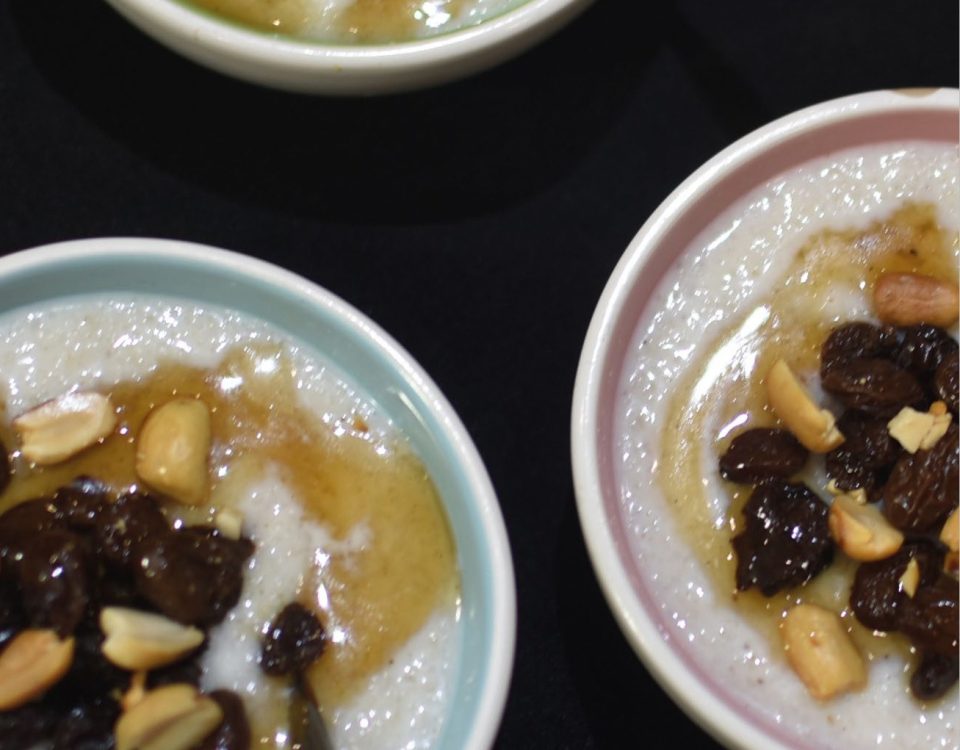Nourishing Red Blood Cells: Why Folic Acid-Rich Foods Are Essential for Children with Sickle Cell Disease

THE VIRTUAL PANEL SESSION TO MARK WORLD SICKLE CELL DAY 2025
June 16, 2025
Nourishing Red Blood Cells: Why Folic Acid-Rich Foods Are Essential for Children with Sickle Cell Disease
For children living with sickle cell disease (SCD), nutrition isn’t just about growth — it’s a key part of managing their condition. One nutrient stands out as especially important: folic acid, a B-vitamin vital for the production of red blood cells. Because children with sickle cell disease often have a faster turnover of red blood cells due to chronic hemolysis (breakdown of red blood cells), their bodies require more folic acid than the average child to keep up with this increased demand.
Folic acid supports the production of healthy red blood cells, which helps reduce anemia — a major concern in SCD. Without enough folic acid, children may experience increased fatigue, poor concentration, or growth delays. While supplements are often prescribed, adding folic acid-rich foods into their daily meals can give an extra boost and support overall health.
Top Folic Acid-Rich Foods:
- Leafy greens: spinach, ugu (pumpkin leaves), bitterleaf
- Legumes: beans, lentils, peas
- Fruits: oranges, bananas, avocados
- Whole grains: fortified cereals, brown rice, whole wheat bread
- Nuts and seeds: groundnuts (peanuts), sunflower seeds
- Animal products: liver, eggs
Two Easy Folic Acid-Rich Recipes for Children:
- Nigerian Veggie Egg Stew (with Ugu and Tomatoes)

Ingredients:
- 2 eggs
- 1 cup chopped ugu leaves
- 1 small tomato, diced
- 1 tablespoon chopped onions
- 1 teaspoon vegetable oil
- A pinch of salt
Instructions:
- In a pan, heat oil and sauté onions and tomatoes for 2–3 minutes.
- Add chopped ugu leaves and stir until wilted (about 2 minutes).
- Beat eggs with salt and pour into the pan.
- Stir and cook until eggs are done. Serve with soft yam, rice, or bread.
- Banana-Peanut Smoothie

Ingredients:
- 1 ripe banana
- 1 tablespoon peanut butter
- ½ cup fortified milk (or soy milk)
- 1 tablespoon oats (optional)
- A few ice cubes
Instructions:
- Blend all ingredients together until smooth.
- Serve cold as a nutritious breakfast or afternoon snack.
Incorporating these foods regularly helps boost energy, support immune function, and maintain red blood cell health — all crucial for children managing sickle cell. Caregivers should aim to include at least one folic acid-rich food in every meal.
Food can’t cure sickle cell, but the right food can make a big difference. Let every plate be a step toward better health and brighter days.
Fueling Strength: The Importance of Folic Acid-Rich Foods for Adults Living with Sickle Cell Disease
Living with sickle cell disease (SCD) as an adult requires careful daily management — and nutrition plays a critical role. Among the most important nutrients for adults with SCD is folic acid, a B-vitamin essential for producing new red blood cells. Because people with SCD experience constant breakdown of red blood cells (a process called hemolysis), they need higher levels of folic acid to help replenish their blood supply and reduce the risk of severe anemia.
For adults, the stakes are even higher. Fatigue, frequent infections, delayed wound healing, and complications like leg ulcers or organ strain are more likely if red blood cell production is inadequate. While folic acid supplements are essential and are recommended for daily use, a diet rich in natural sources of folate can provide an additional, sustainable boost.
Folic Acid-Rich Foods for Adults:
- Dark leafy vegetables: spinach, kale, ugu (pumpkin leaves), bitterleaf
- Legumes: beans (black-eyed, brown, kidney), lentils, chickpeas
- Whole grains: millet, brown rice, fortified cereals
- Citrus and tropical fruits: oranges, pawpaw, mango, avocado
- Animal products: liver, eggs
- Nuts and seeds: groundnuts (peanuts), cashews, sunflower seeds
Two Simple Folic Acid-Rich Recipes for Adults:
- Leafy Vegetable and Lentil Soup
Ingredients:
- 1 cup cooked lentils
- 1 cup chopped spinach or ugu
- 1 small onion, diced
- 1 tomato, chopped
- 1 clove garlic, minced
- 1 tablespoon palm or vegetable oil
- Seasoning to taste
Instructions:
- Sauté onions, garlic, and tomato in oil until soft.
- Add cooked lentils and a little water or broth.
- Stir in spinach and simmer for 5–7 minutes.
- Season and serve warm with rice, yam, or swallow.
- Avocado and Egg Sandwich (on Whole Wheat Bread)
Ingredients:
- 2 slices whole wheat bread
- ½ ripe avocado
- 1 boiled egg, sliced
- Salt and pepper to taste
- Optional: tomato slices, lettuce
Instructions:
- Mash avocado with a pinch of salt and pepper.
- Spread on one slice of bread, layer with sliced egg and optional veggies.
- Top with the second slice and enjoy as a hearty breakfast or lunch.
Why It Matters
Consistently eating folic acid-rich foods helps adults with SCD manage energy levels, reduce episodes of severe anemia, and strengthen the body’s natural defenses. It’s also an opportunity to take charge of daily health in a simple, empowering way.
Folic acid may not prevent a crisis, but it builds the foundation for resilience. For adults living with sickle cell disease, every meal is a chance to support the body and protect the future — one bite at a time.




